Almost every man owns one, but do you know where it all began? There’s a suit in almost every wardrobe – a classic, timeless piece; though not many know the origins of the humble suit and where its heritage lies. Read on to learn the things you never knew about your two-piece:
The suit as we know it today stretches its roots as far back as the early 17th century. A two-piece garment worn by men of the English court, the jacket was long and stretched almost down to the knees. The suit was not yet matching, with usually pale breeches instead of trousers, but was tightly fitting. However, it was much more colourful than today’s standards, with bright reds and greens being popular colours of the time. Instead of a tie, a cravat (now reserved for weddings) was traditionally worn instead.
Through the Victorian period, colours became much darker and much closer to what we recognise now in terms of blacks, greys and whites. Meanwhile, the suit also became daily wear for many workers. Towards the end of the 19th century the dinner jacket was invented, known in America as the tuxedo, and was worn to more formal events. In the early 20th century the wearing of frock-style jackets were abandoned (thankfully) in favour of the morning jacket, essentially a longer version of what we see today.
After the First World War, suits became what we would consider acceptable to wear outside the museum. Much shorter jackets became the style, as well as full-length straight-legged trousers. Suits became more loose-fitting, with tapered arms and legs. A popular trend, which we have recently seen the emergence of, was the use of a double breasted coat worn over the top, whilst dinner jackets were still the most popular choice for evening style.
Since the 1950’s
Suits continued to be honed and refined in character, with more defined cuts and shorter lapels, as well as quieter, less patterned shirts. The 60’s was probably closest to what we see now, with slim-fit suits worn with a suit and tie, taking influence from the ‘mod’ approach.
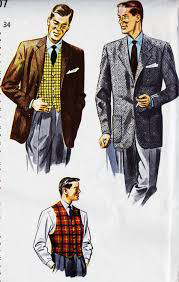 The 70’s saw this idea exploded when suits became much more flamboyant and Italian-influenced. Jackets became exaggerated, elongated and more colourful whilst being paired with patterned shirts. In fact, isn’t really until the 90’s that we see a return to a much more muted style with the ‘black –on-white’ approach, which was paired with pencil ties to give an almost ‘hitman’ look.
The 70’s saw this idea exploded when suits became much more flamboyant and Italian-influenced. Jackets became exaggerated, elongated and more colourful whilst being paired with patterned shirts. In fact, isn’t really until the 90’s that we see a return to a much more muted style with the ‘black –on-white’ approach, which was paired with pencil ties to give an almost ‘hitman’ look.
As we crossed the millennium, a wider palette of colours became acceptable, including shades of dark navy and grey. Ties also became more colourful as people expressed their individuality, and celebrities wore their wealth on their sleeves with expensive materials.
 Past 2010, we now see a re-emergence in slim fitting suits and closer cuts, as well as a more masculine approach to tailoring. Trousers that finish just short of the ankle form part of this look, which isn’t set to end any time soon.
Past 2010, we now see a re-emergence in slim fitting suits and closer cuts, as well as a more masculine approach to tailoring. Trousers that finish just short of the ankle form part of this look, which isn’t set to end any time soon.
George Mullin is a journalist and copywriter who writes for Suit Direct. Suit Direct are men’s suit specialists, offering suits for slim looks and huge discounts direct from top manufacturers.
Don’t forget to enter our Monthly Giveaway for a chance to win a Vintage Gillette and More! For more info visit Monthly Giveaway
[sign up in Right Sidebar]


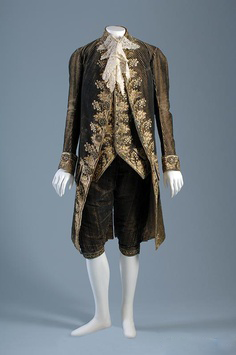
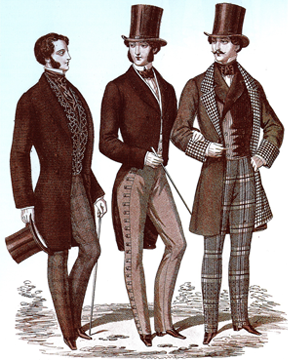
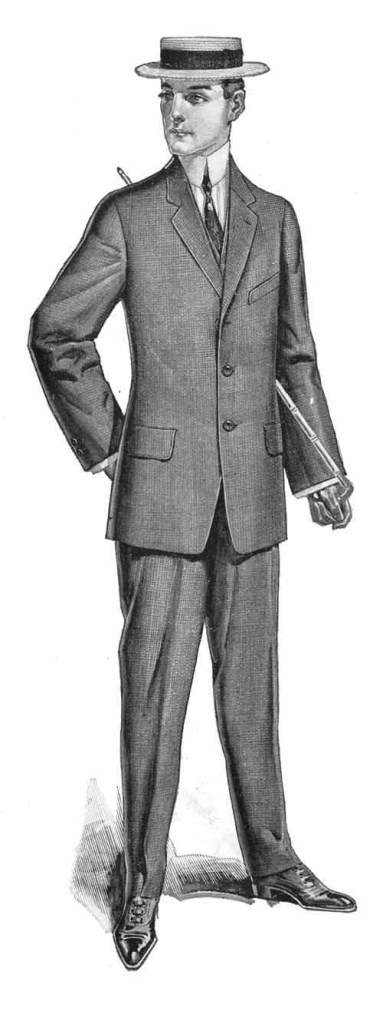
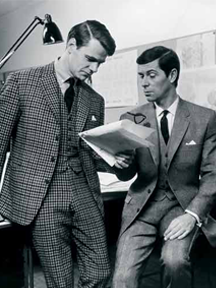




Interesting write-up! It is cool to see the evolution of things and more recently it has been funny watching how things come full circle and trends are repeated.
Yes trends and fashion tend to be cyclical. Sometime a vicious circle! 🙂